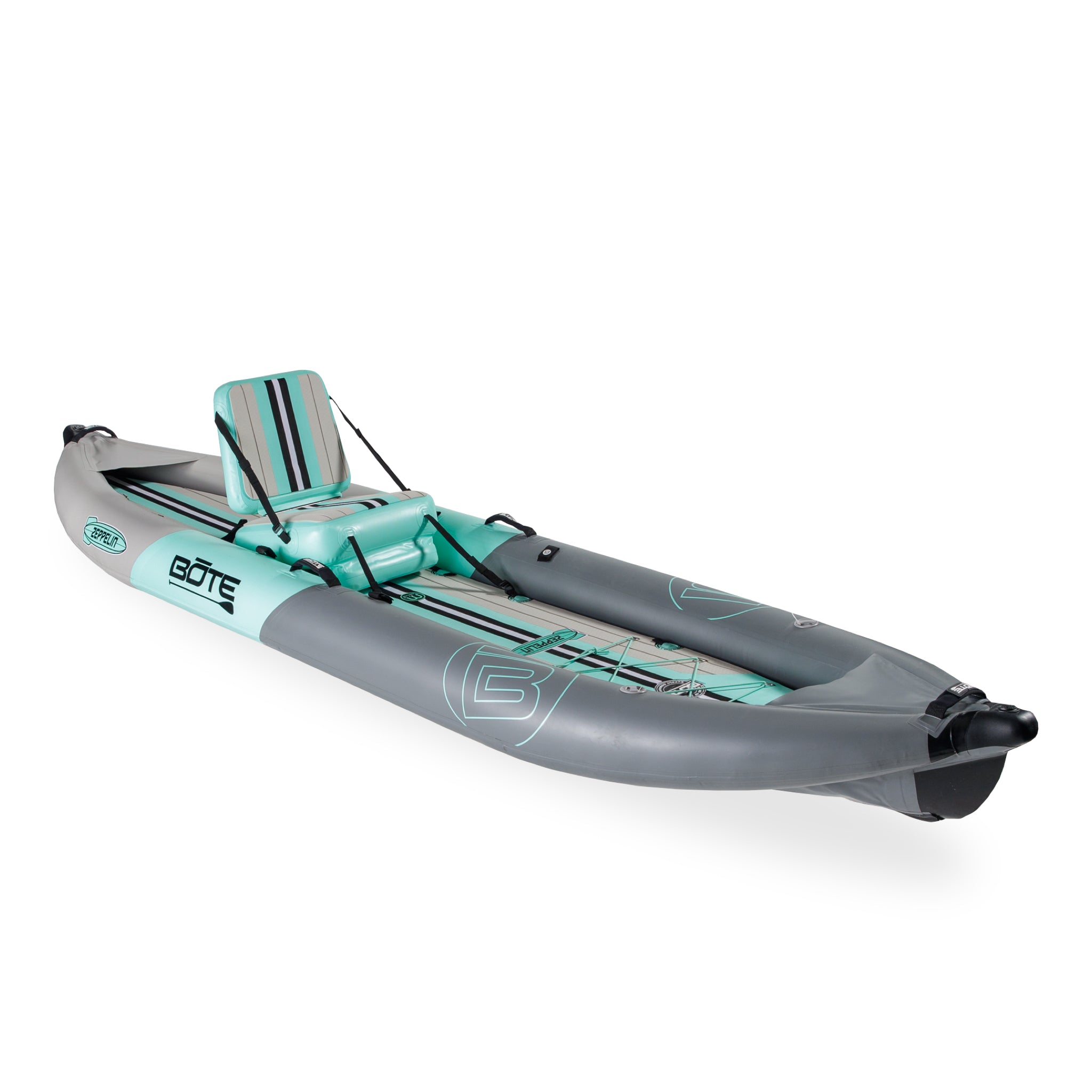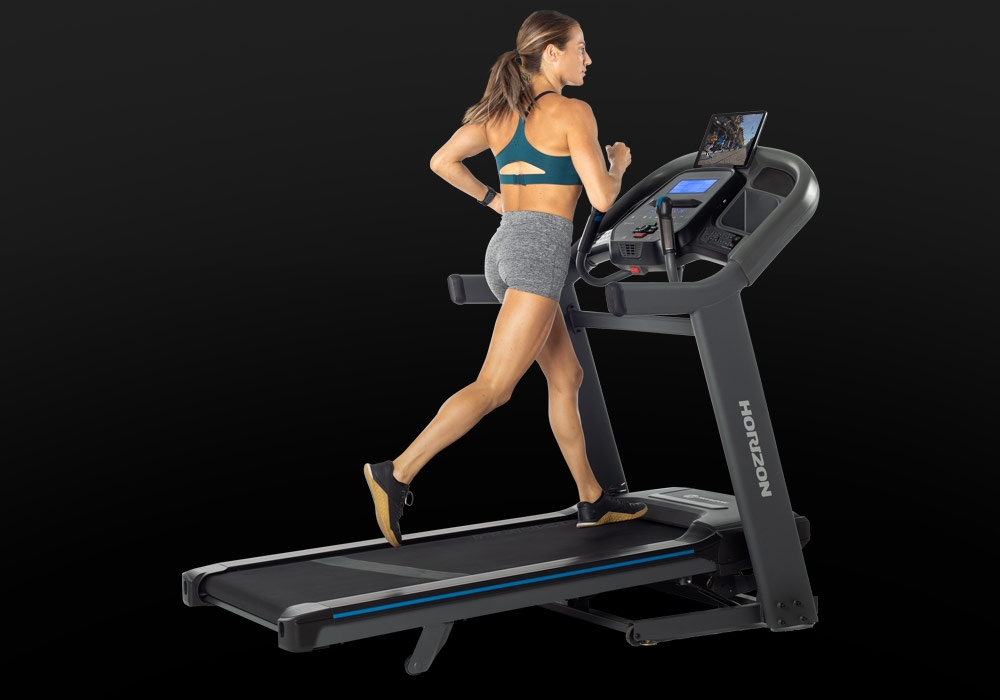Zeppelin Aero 12.6″ Inflatable Kayak | Solo and Tandem Kayak | BOTE
The result of a timely tryst between a highly utilitarian father and a swiss army-like mother, the Zeppelin is the most versatile kayak in the BOTE waters. A self-draining hull, removable floor chamber, and optional second seat differentiate the Zeppelin from its stablemates. An inflatable watership that welcomes the individual and tandem alike.
THE KAYAK, REMASTERED
HIGHLY VERSATILE
Combining ease of use and transportability, the inflatable Zeppelin is the most versatile craft in the BOTE line-up. With the ability to shift from single user to tandem by adding the optional second seat is a game changer.
EXTREMELY PORTABLE
The portability of the Zeppelin is undeniable. Whether you have a smaller vehicle with no roof mounting system or you take public transportation, the Zeppelin can go with you. Taking a flight to a remote location or on a family getaway, the Zeppelin is able to be checked on most airlines. Going on a cruise to the islands or have a boat of your own, yep, the Zeppelin can accompany you wherever you want to go.
SUPER STABLE
The combination of the AeroBOTE constructed removable floor and the 9” lightweight side chambers makes the Zeppelin incredibly stable for one or two paddlers. With a 600lb weight capacity it would be difficult to find a sturdier watercraft in its class.
INTRODUCING THE MAGNEPOD
It’s not a day on the water without a cold drink by your side. But there’s also not many things worse than knocking over that frosty beverage. Not to worry — we got you. Introducing the newest BOTE innovation: MAGNEPOD (patent-pending), a revolutionary, tool-less drink retention system that makes securing your beverage a snap. BOTE’s magnetic drinkware line (available soon) have a 2” neo-magnet mounted permanently in the bottom, which quickly and securely connects your drinkware to the MAGNEPOD magnetic base. The launch of the Zeppelin marks the very first time the MAGNEPOD system will be available. So drink up and paddle on, friends.
Additional information
| INFLATED DIMENSIONS | 12′6″ L × 38″ W × 9″ D |
|---|---|
| SEAT DIMENSIONS | 18.75″ H × 25″ W × 22″ D |
| BAG DIMENSIONS | 38.6″ H × 28″ W × 14.2″ D |
| CAPACITY | 600 LBS |
| AVG. WEIGHT | 41 LBS |






by Shawn
Much sturdier build than I originally expected, and plenty of room to operate as a fishing vessel! Near zero drag even when fully loaded. Responsiveness, speed and tracking are all fantastic.
by Jennifer
Excellent Bote!
by Mariusz
Solid boat. takes minutes to inflate . Very well made and stable. Happy with it.
by Carlos
Fast shipping to Hawaii received and tried out our Zeppelin right away. We went to the chinasman man hat, Kaneohe Bay and Pearl Harbor. So far, so good my two complaints are one Shipping to Hawaii was way expensive than average and second, the carry bag is not of good quality at all is already broken. Other than that, the kayak is super stable and fun.
by Margaret
Overall our experience has been great. Easy to inflate. Only problem is that the buckle on the strap for one of our seats broke the first time we used it. The metal anchor of the seat back broke. Hoping the problem will be remedied now that it looks like the seat, etc. are going to be back in stock. We love the aqua color & look of our Zeppelin.